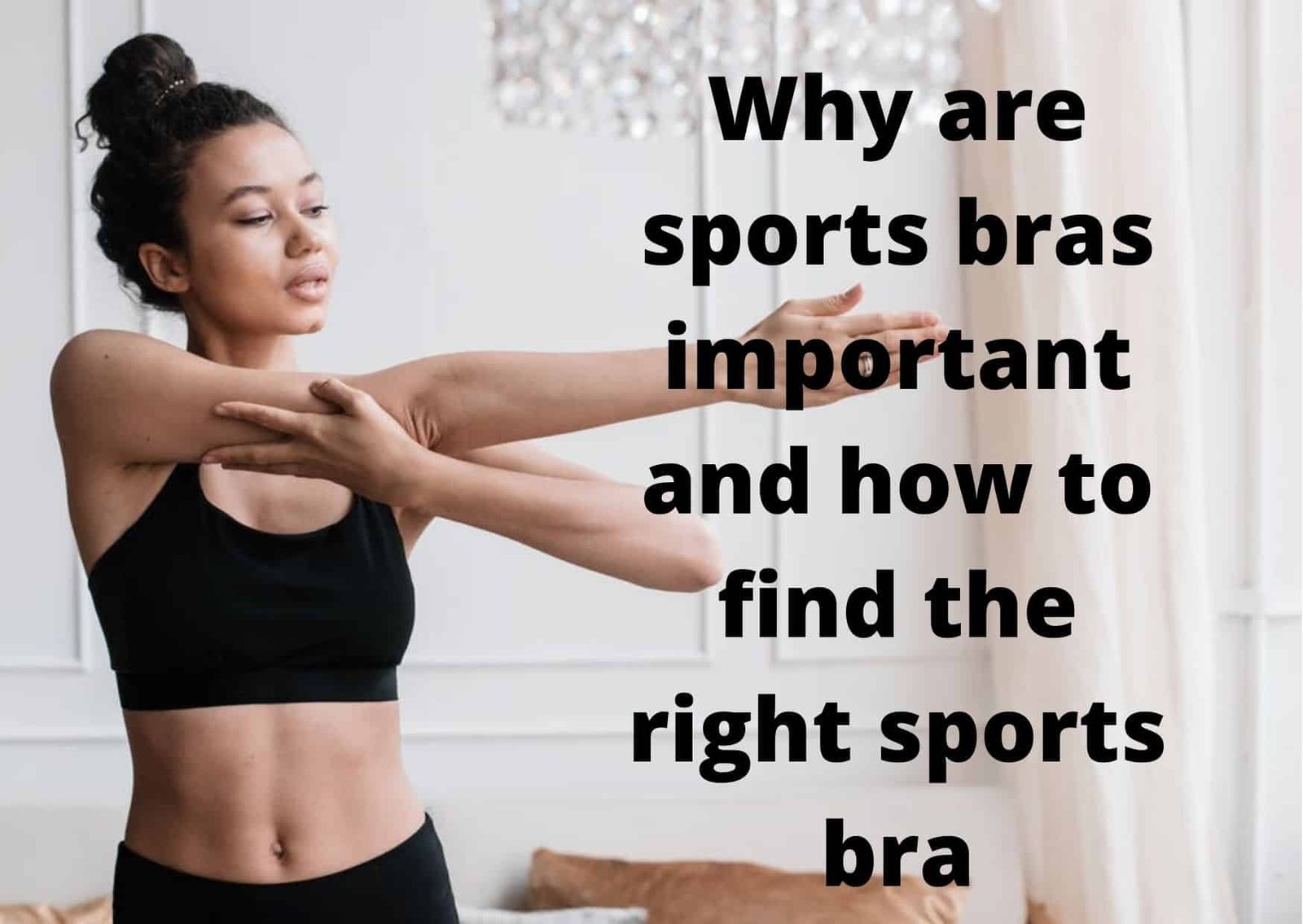Share this
A sports bra is a must-have for any serious exerciser’s gear bag. Because just the skin and weak ligaments support the breasts, which are made of tissue, extra support is needed when doing repetitive or high-impact activities.
Sports bras, on the other hand, are not all created equal. It is necessary to have several types of sports bras for different activities, such as running a marathon, because a sports bra must be able to withstand repeated movements for a lengthy period of time.
We’ll look at the best sports bras for your favorite activities and recommend a few terrific options that will keep you comfortable and supported no matter what you do.
Why are sports bras important?
Breast bounce up, down, and even in figure-eights when you engage in physical activity. Moving your body in the same way over and over again can cause muscle fatigue and sag.
Sports bras are designed to minimize this kind of swaying. While there is no muscle in the breasts, Cooper’s ligaments (ligaments near the breast that give it its size and form) and the skin can break down and sag if sufficient support is not provided. Your Cooper’s ligaments don’t return to their original length after they’ve been stretched.
Everyone experiences bouncing during physical activity, no matter what their breast size is. Wearing a sports bra when jogging or exercising is essential for all women, regardless of their size or shape.
The several styles of sports bras that you can choose from
Compression bras perform exactly as they sound, by squeezing the breasts against the chest and therefore limiting their range of motion.
In encapsulation bras, each cup is separate. Each breast is supported and surrounded by a cup. All except the most basic bras, which are encapsulation bras, do not provide any compression to the breasts.
Compression and individual cups are combined in combination with compression/encapsulation bras, which provide the most support.
A Shimmel, or a tank top with a built-in shelf bra, is known as a bra tank. Low-impact exercises are fine, but jogging isn’t one of them.
Finally, the straps are different among the models. Less support is provided by spaghetti straps compared to larger straps. In terms of support, racer-back straps are superior to both spaghetti and scoop back.
How to find the right sports bra

- Both the band and cups need to fit well for a good sports bra. Your sports bra should fit a little tighter than a conventional bra, but you should be able to breathe comfortably and deeply when wearing it during exercise. Hold your breath while you hook it in the centre of your ribcage. Is this a good fit for you? Good. It ought to be such.
- It’s not a good idea for the band to change locations. Ideally, it should be snug but not too tight. Your hands should be held upward. No, it didn’t move at all. It may have crept up your rib cage, in which case you may want to try a smaller band. It’s a good idea to fiddle with the straps if your bra has them.
- Your breasts should not be swelling, but if you see any bulging at the top or at your armpit, you should pay particular attention. In addition, creases or gaps in the cups should be avoided. You may want to consider going down one cup size if the fabric is wrinkly.
- Nothing should irritate or chafe in the areas of your clothing that come into contact with your arm. Adjustable straps are used in sports bras. Adjust them so that they’re supporting but not suffocating. The straps should not dig into your shoulders, so make sure they aren’t too tight.
- When wearing a bra, the underwires should not protrude over or below your breasts. Your chest bone should line up with the wire at the front.
- High-tech textiles, such as moisture-wicking, are becoming common in sports bras. Chafing can be made worse by a lack of airflow and the accumulation of sweat on the skin’s surface. Cotton bras retain moisture, which can lead to itchy, irritated skin.
- Jump, jog, and do jumping jacks as your final exercise. You’re OK to go if it feels supportive! If this is not the case, proceed with caution.
Without sports bras, what are the consequences?
Joanna Wakefield-Scurr, Head of the Research Group in Breast Health at Portsmouth University explains that because of the increased force passing through your breasts while exercising or participating in sports, your breasts will move more vigorously as a result.
To put it another way, if the breast skin isn’t properly supported [which can lead to drooping], you could end up in agony and discomfort.’
What are the characteristics of an excellent sports bra?
Comfort and performance are the two primary goals of a good sports bra. Pectoral muscles rest on top of breast tissue; hence, any apparel that supports this area will have an effect on pectoral muscle activation.
Another Portsmouth University study on female runners revealed that wearing a good sports bra (not a tight crop top that doesn’t truly support each breast) can reduce pectoral muscle activity by 55% while exercising. And it’s true, of course.
In conclusion
Running, plyometrics, dancing, and many team sports, such as football or basketball, are all examples of high-impact exercise. If you have a larger bust, you’ll want a bra that provides the most support possible for these activities.
Having this will allow you to concentrate on your workouts without having to worry about distractions or discomforts.
